We will be analyzing our data over the summer, so please check back for updates!
The photo below shows another act of predation: a lacewing larva eating a lily beetle larva. The photo is from my garden in Ottawa. The only reason I have any lily beetle larvae at all is because a survey participant from Québec sent me an adult female and I let her lay eggs in my garden. Don't worry, I won't start a new Ottawa outbreak; all her offspring have been preserved in alcohol to dissect for parasitoids when my new microscope arrives!
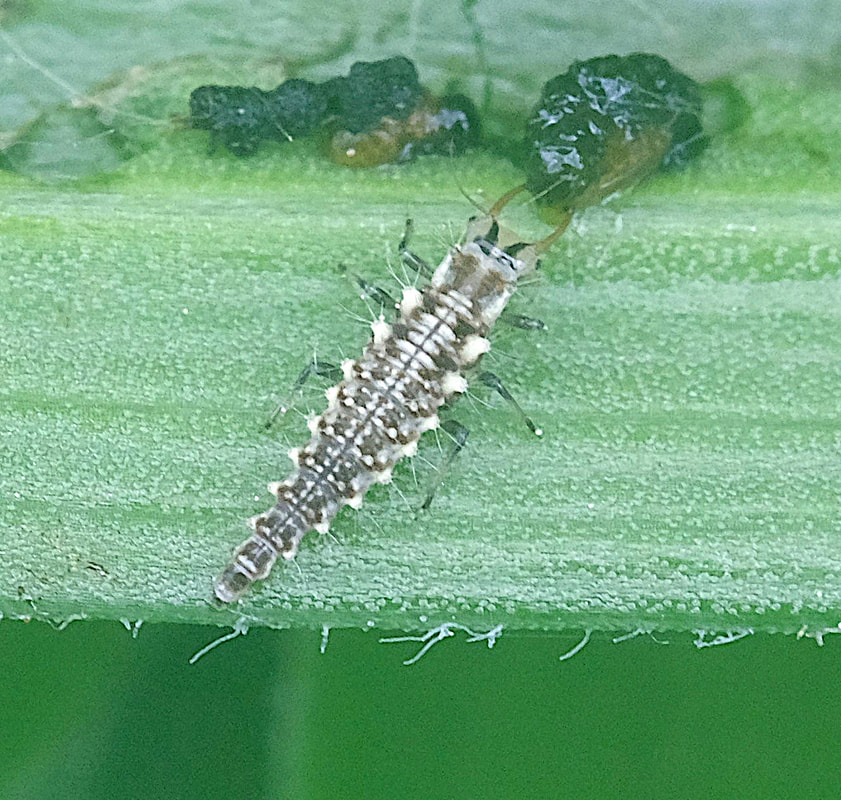
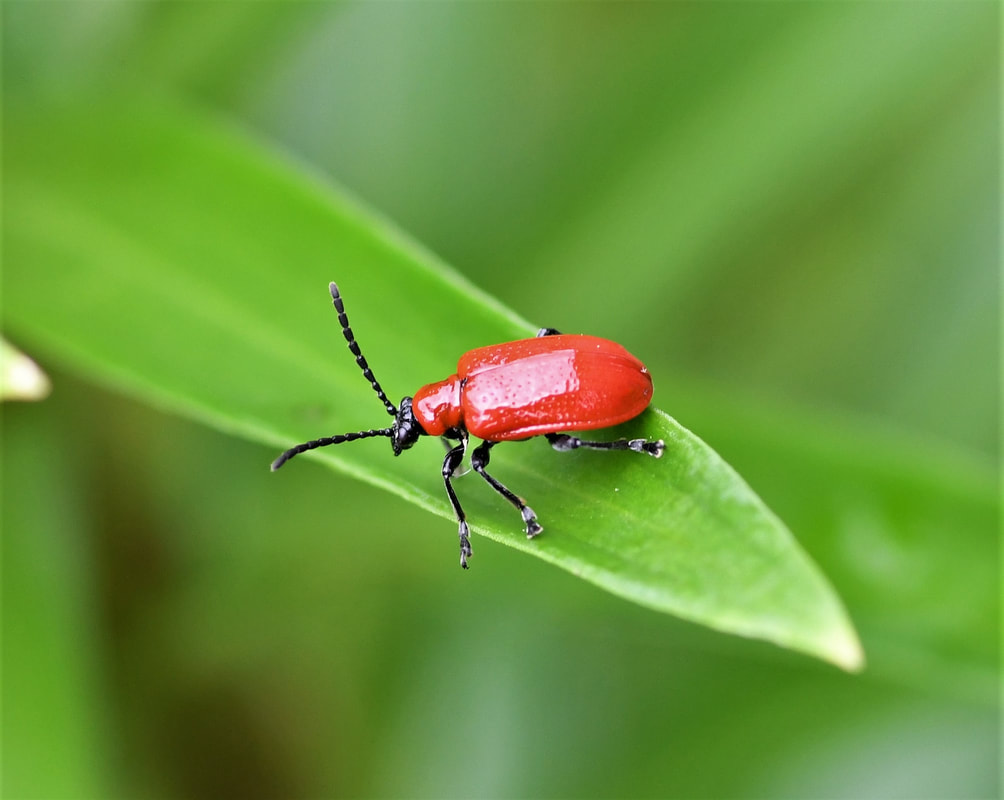
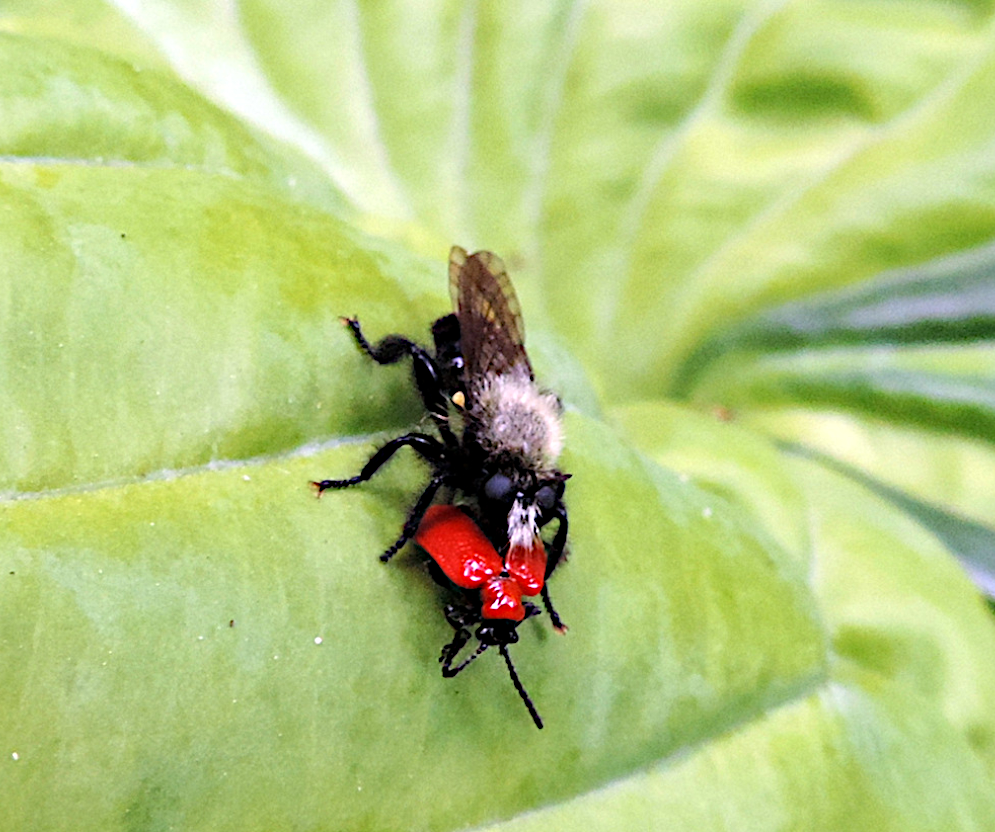
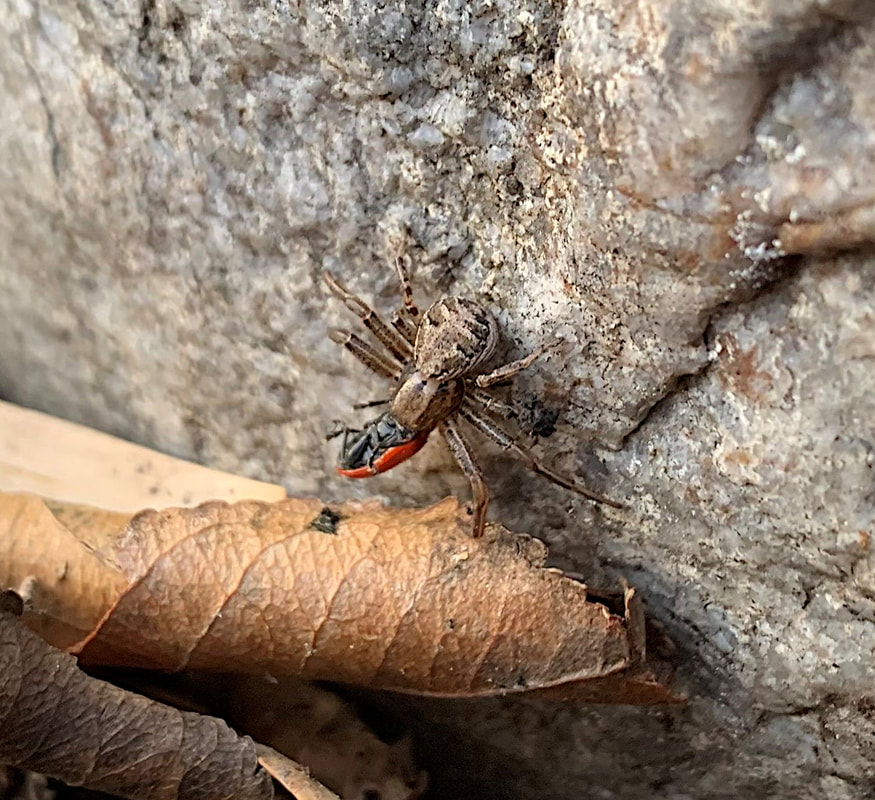
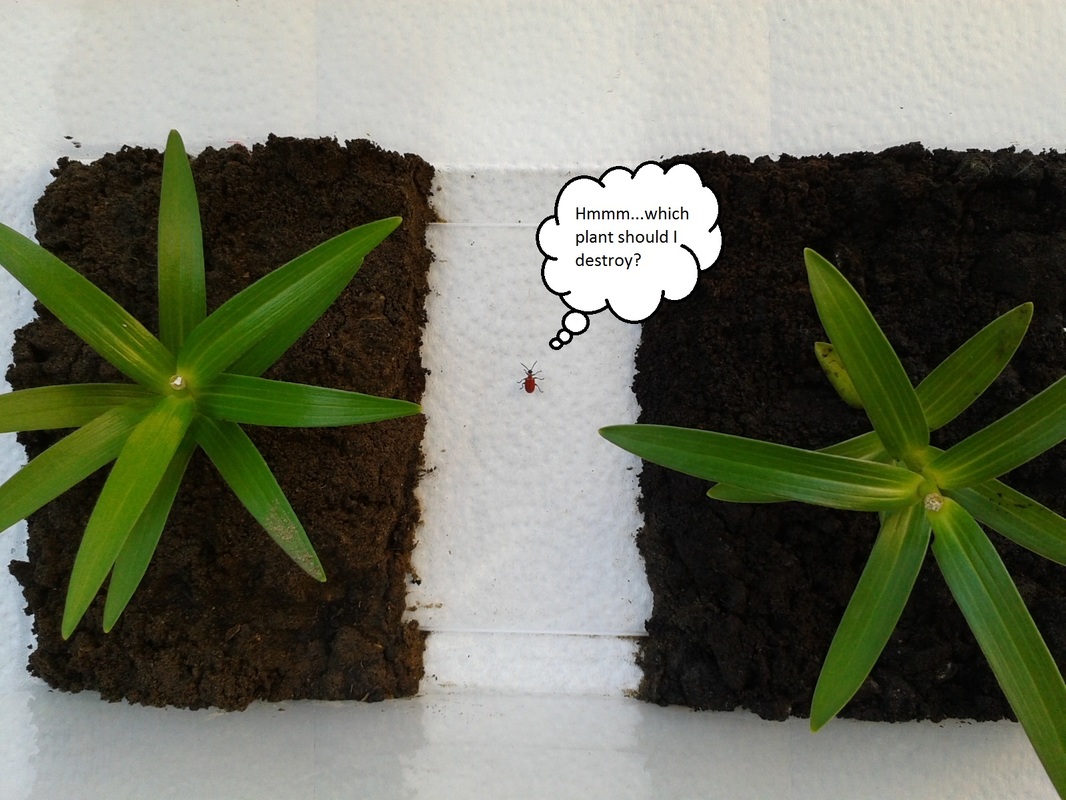
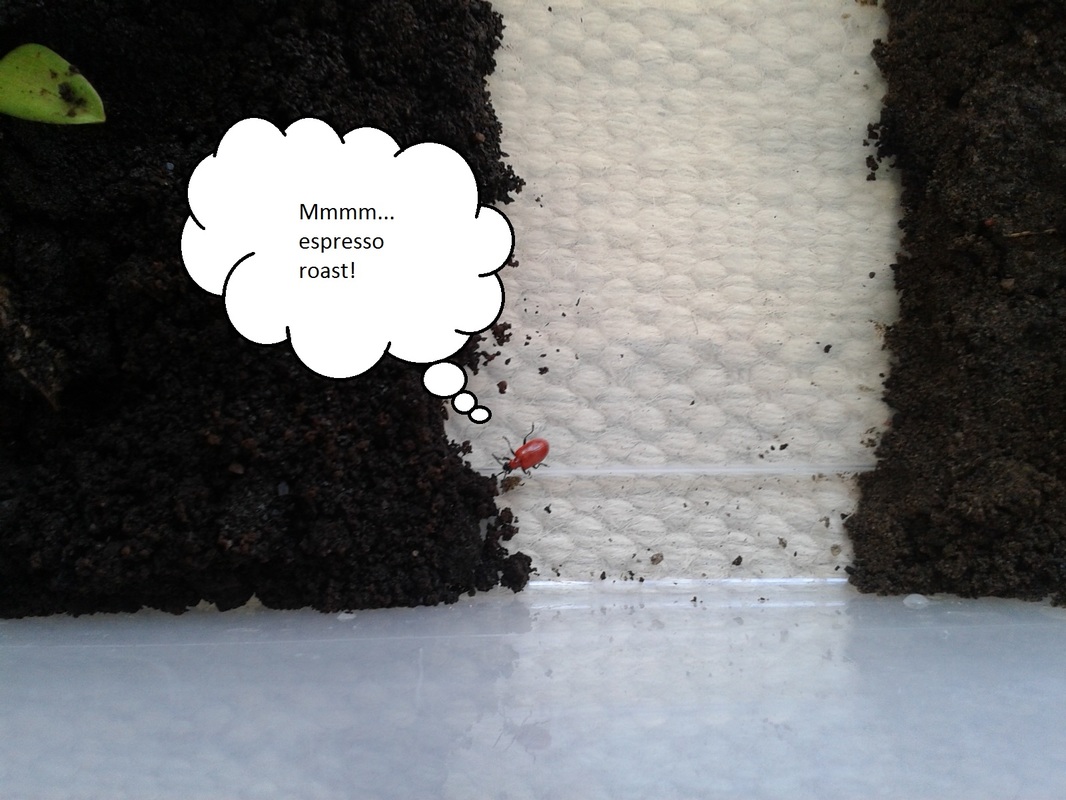
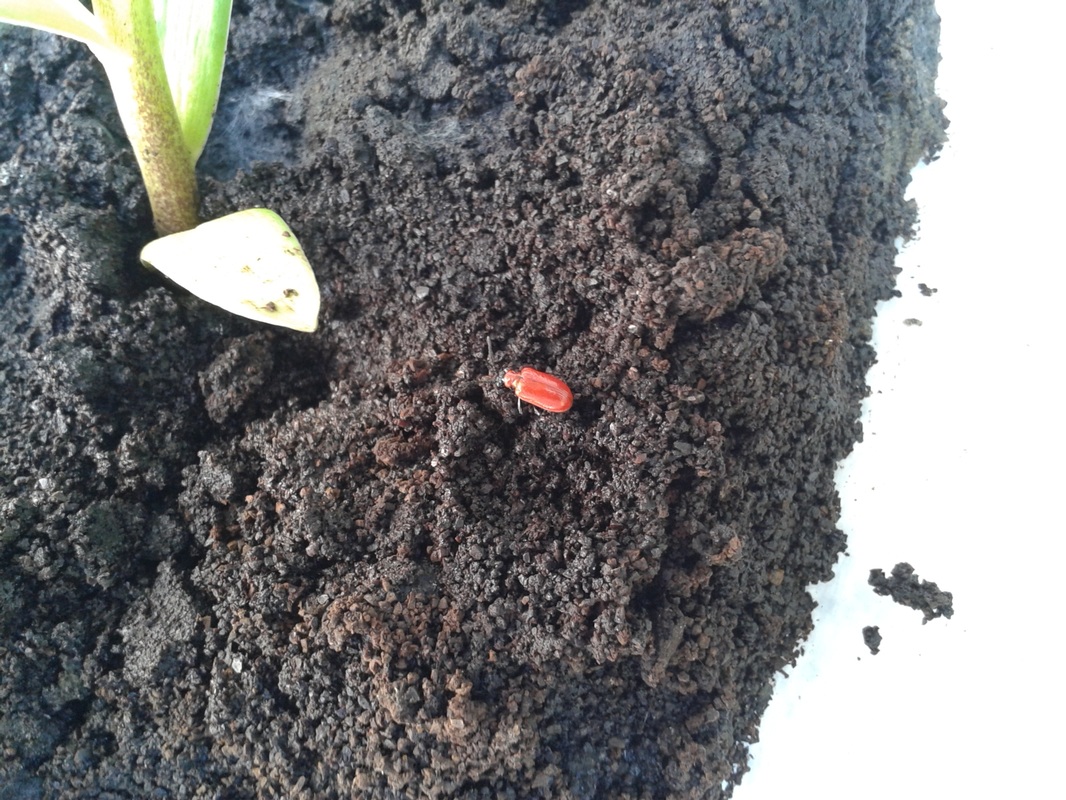
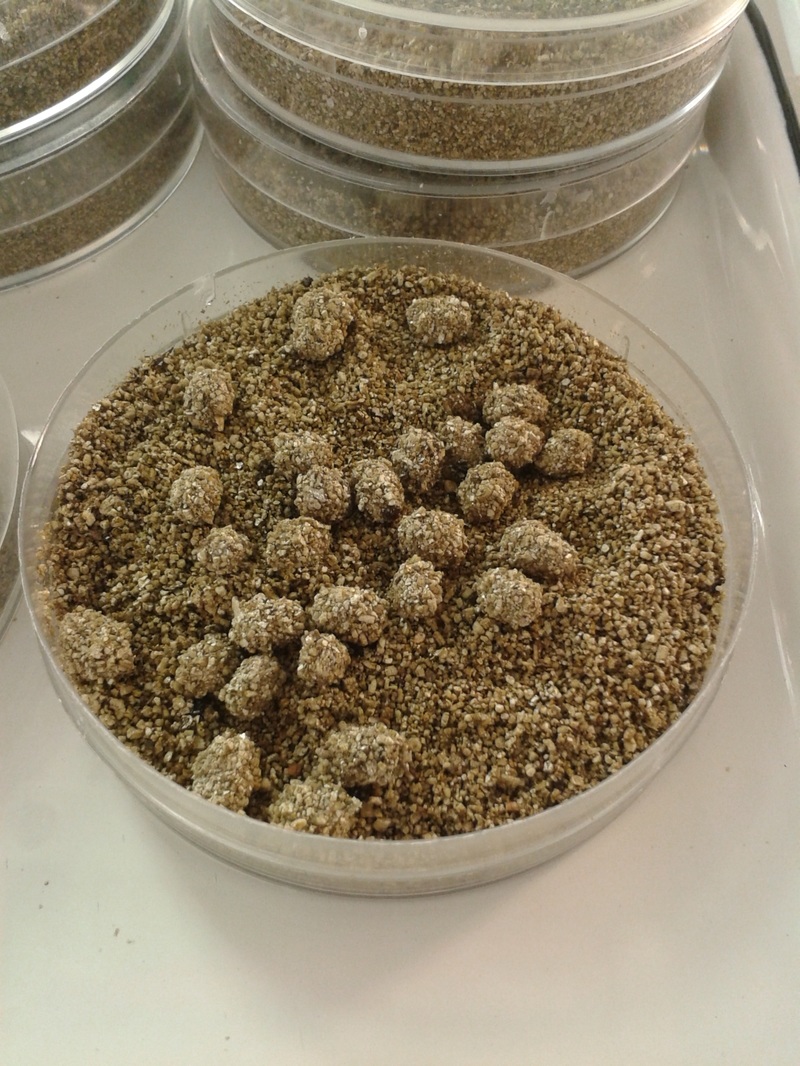
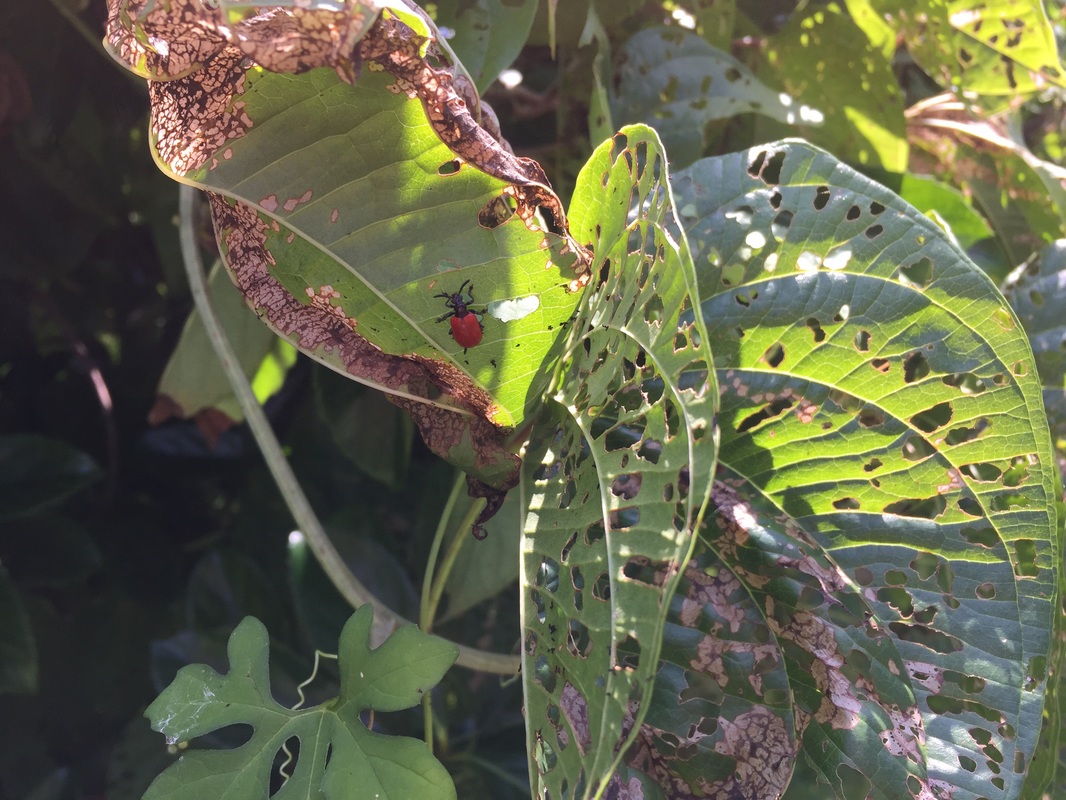
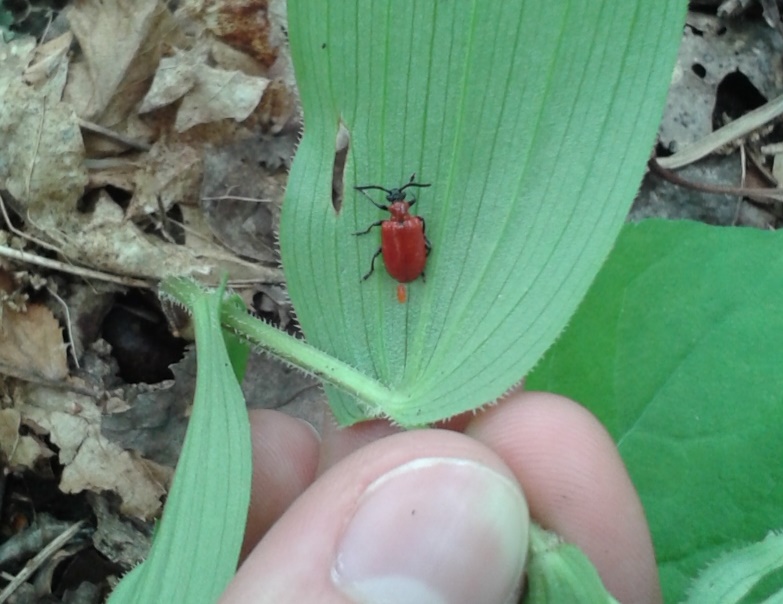

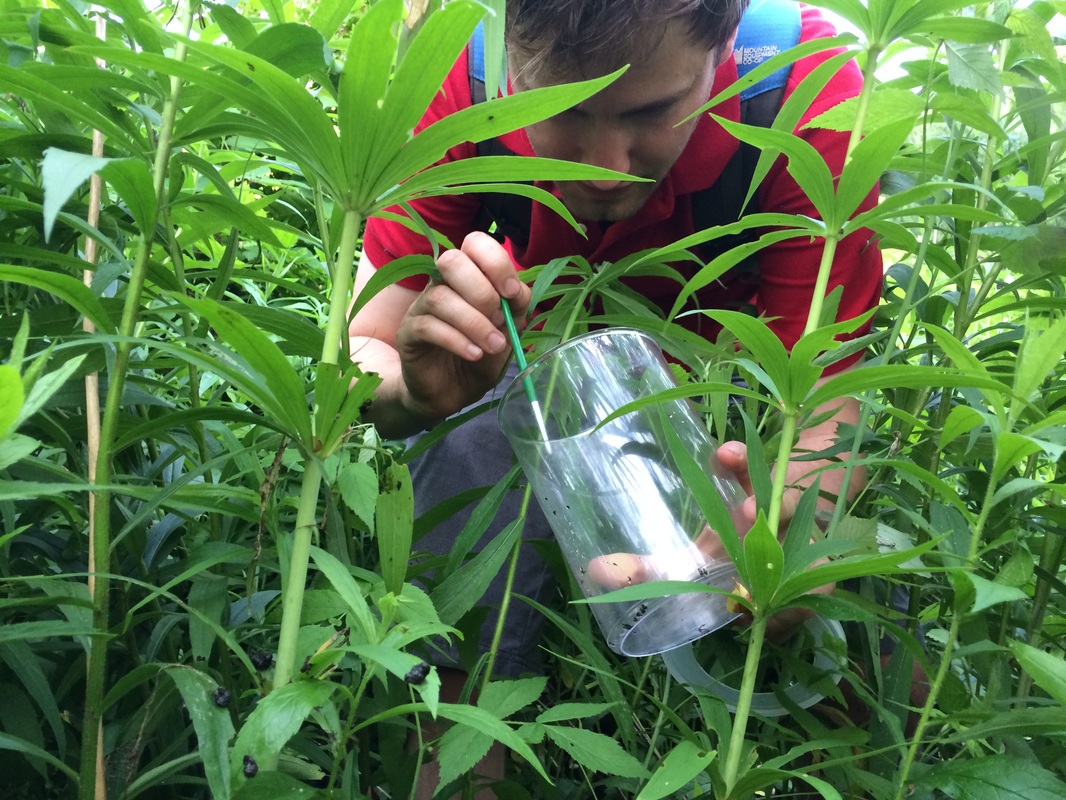
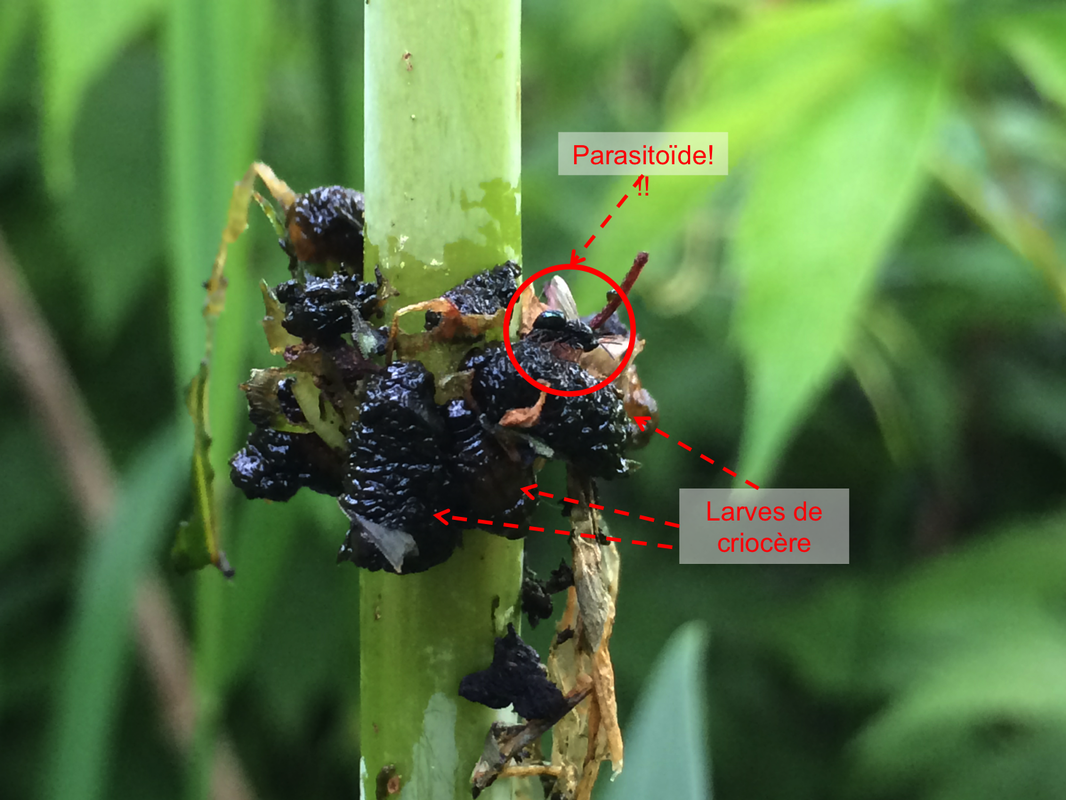

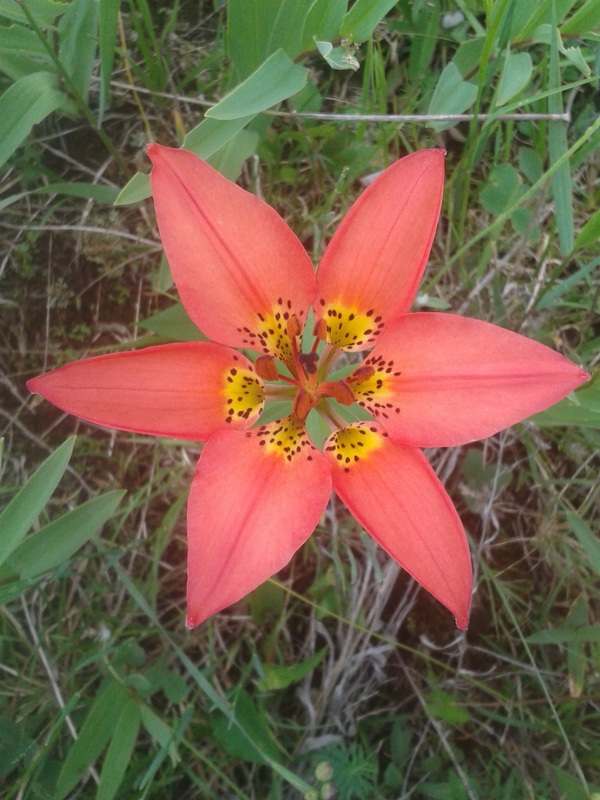

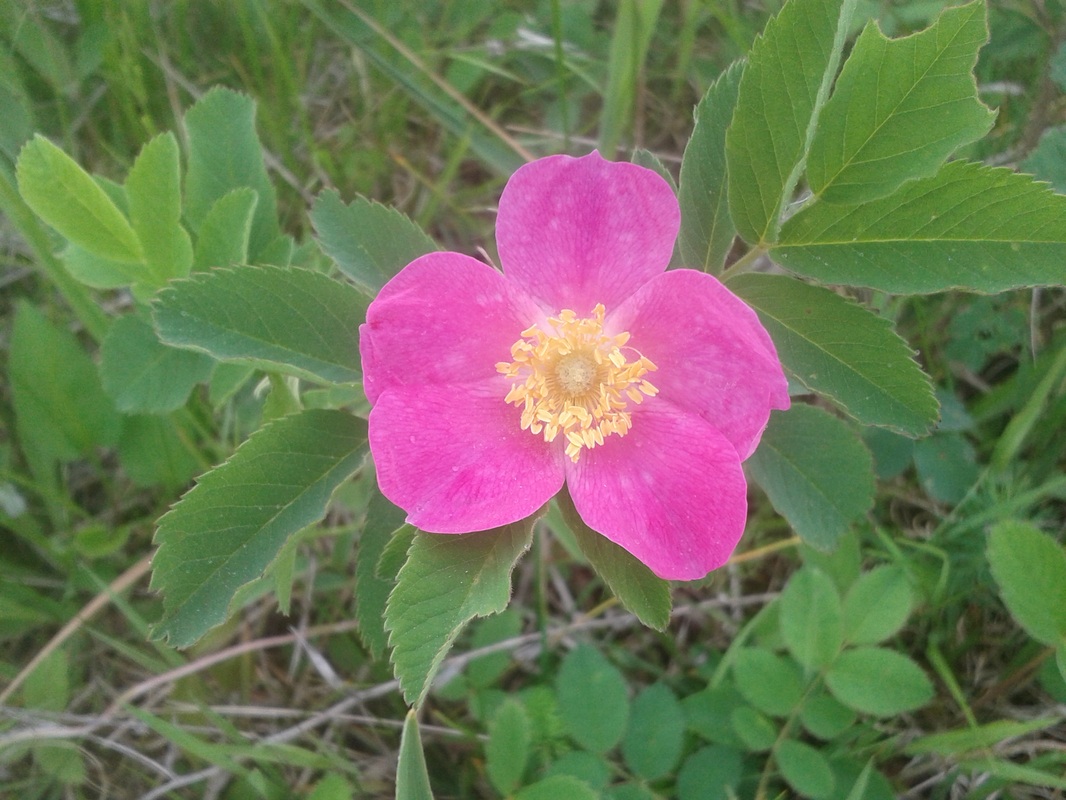

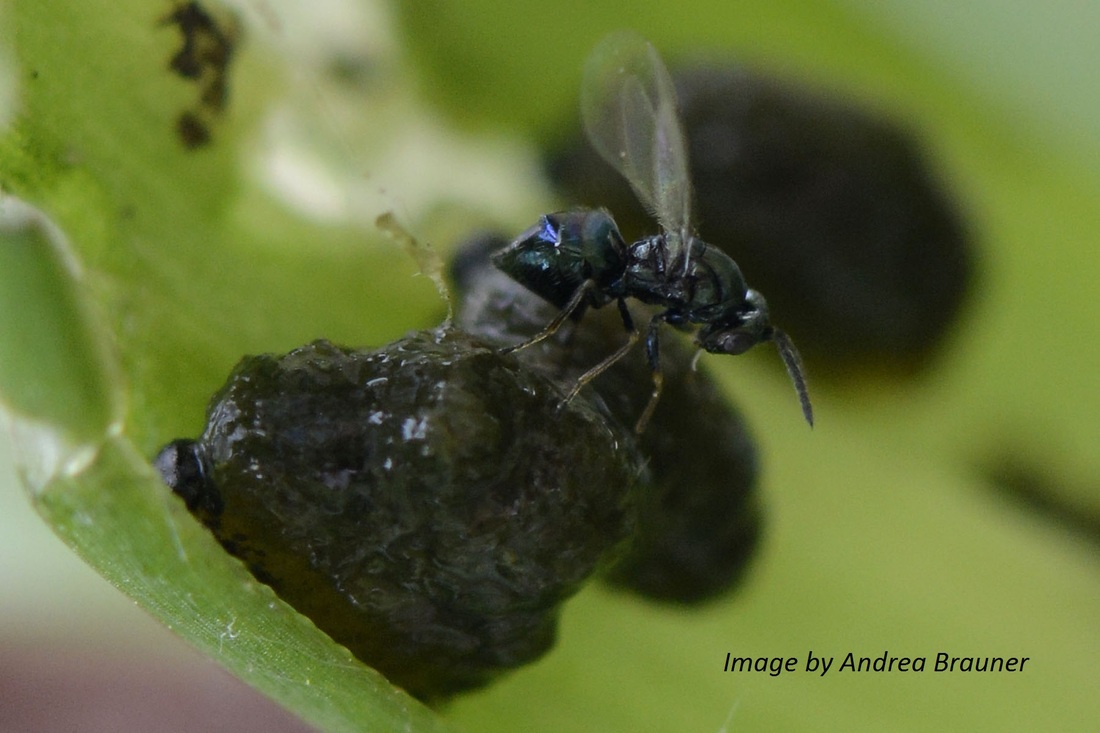
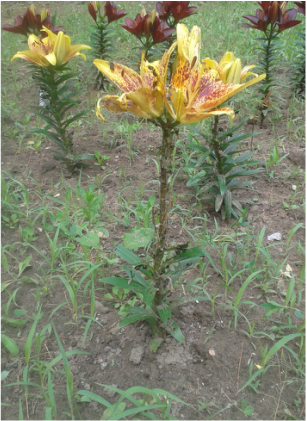
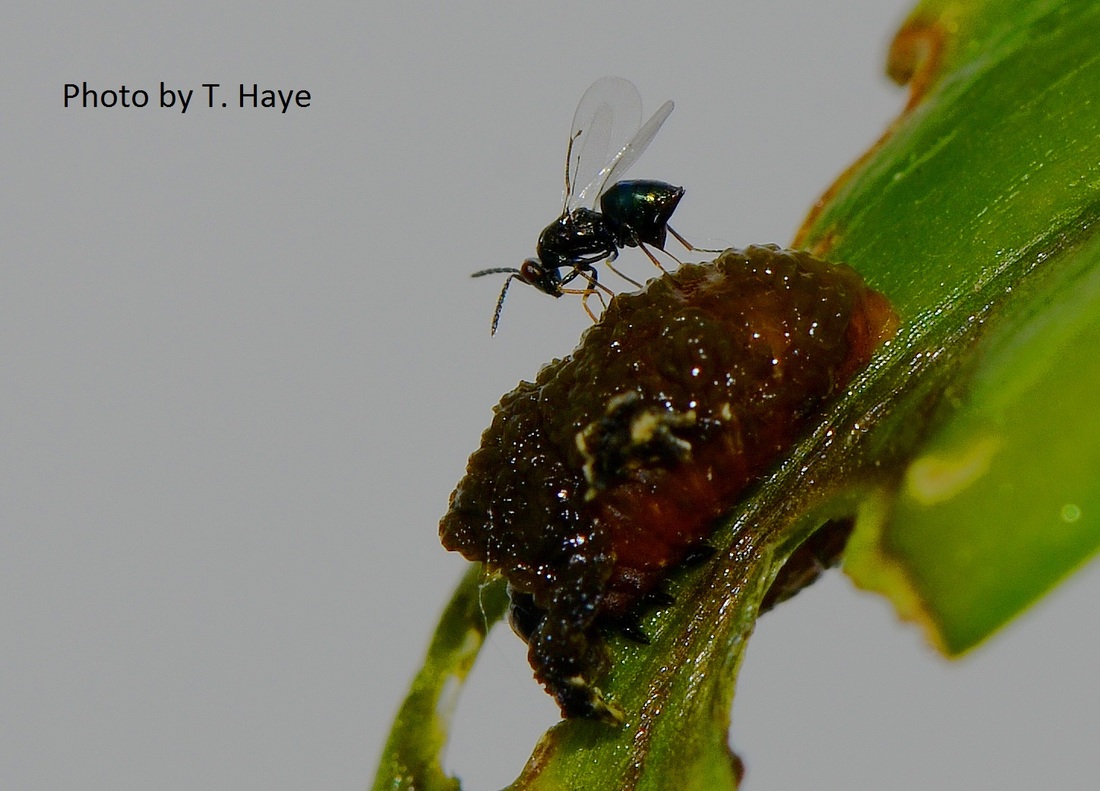
 RSS Feed
RSS Feed
